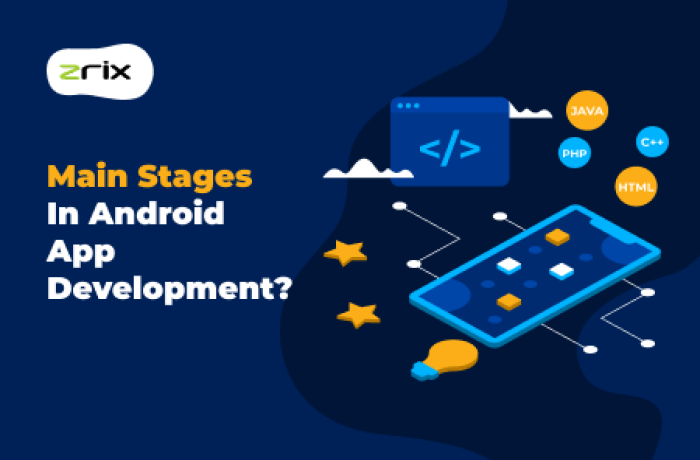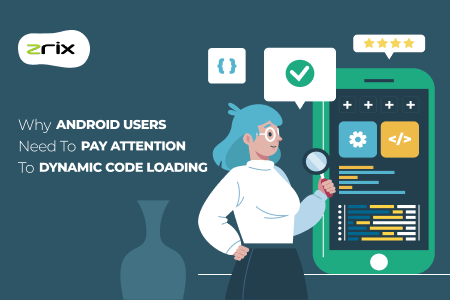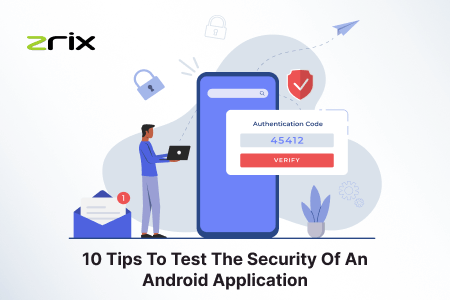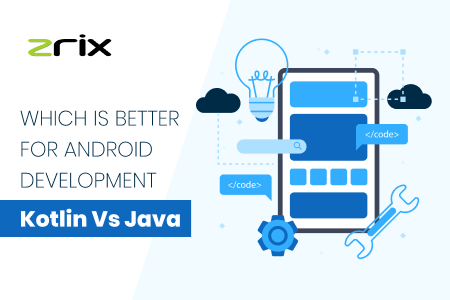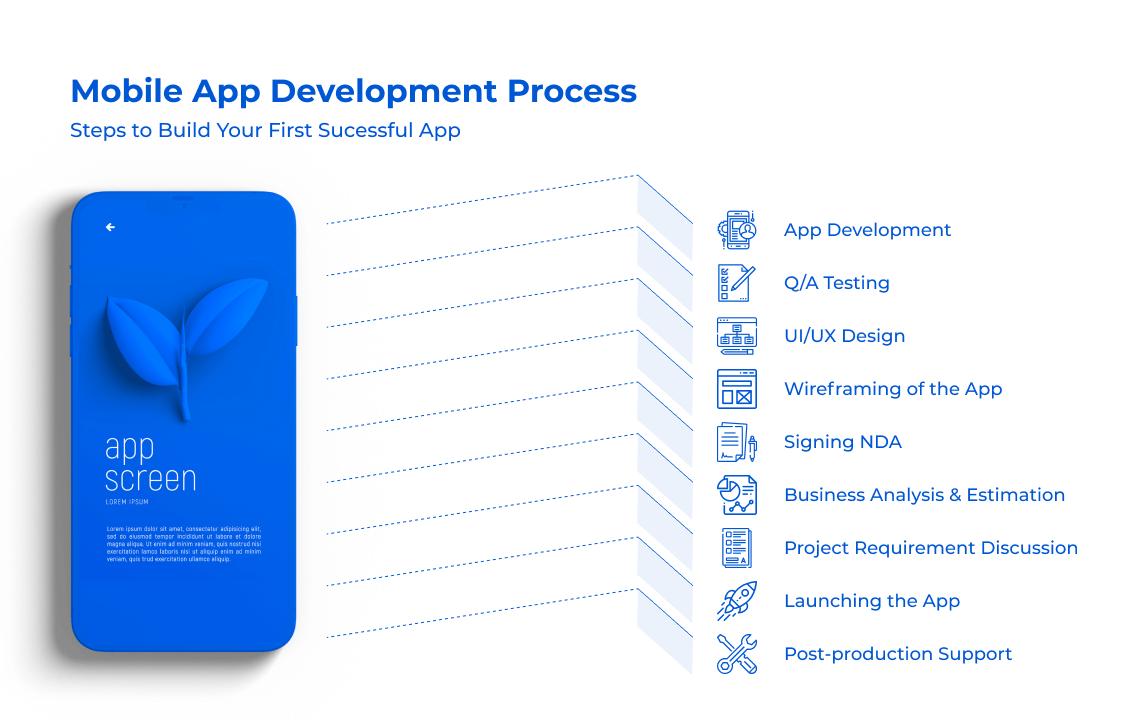In the present time, making a mobile app isn't advanced science. However, to create a successful business mobile application needs extensive pre-planning and involves several development processes.
Building a versatile mobile application can be thought and simple together, depending upon your app development requirements. To develop a mobile app, you need to follow a mobile app development lifecycle daily till the end of the deployment phase.
Again you can make an amazing application if you plan it in advance with development designing, QA testing, beta version development, and many more.
This blogpost describes some of the important pivotal stages of the mobile app development Process in 2021, from a business perspective. It is a fundamental guide for current and future application proprietors.
Quick Navigation
For building your application, you don't choose yourself to push ahead delicately. The two top mobile application development platforms that you need to focus upon are iOS and Android.
With over 3 million applications each in Apple's App and Google Play Store, it's critical to go through a set mobile app development lifecycle process and find a place with both your promoting objectives and your market specialty.
Mobile App Development Lifecycle is only a portrayal of the customary Software Development Lifecycle (SDLC) from the point of view of smartphones app.
In the event that you are considering building up an application, you first need to find out the answers to the following questions.
What are the phases of the app development process? How does mobile app development resemble? How to begin the advancement cycle of my application?
Considering all these in a nutshell, we've made this guide to walk you through the full cycle of the app development process.
Let's start!
Introduction to the Mobile App Development Process!
Developing applications isn't unpredictable as it includes several stages. It follows the ordinary programming advancement cycle. We have made various iOS and Android applications for our customers/clients with the simplest processes, a few tools, and frameworks.
If you are already interested in our app development description, then hire Android app developers in USA and make your first app affordably in minimum time.
"Wire-framing, UX/UI Designing, Backend development, Front end development, User acceptance testing, and Deployment are the basics of mobile app development."
Lately, there has been a superb improvement in the process of application development, expecting to guarantee an increment in the degree of viability proficiency.
Also Read: 10 Tips to test the security of an Android application
The versatile applications are planned as a PC program or programming application that sudden spikes and incorporates smartphones, tablets, watches, or shrewd TVs.
The underlying thought behind the portable application was to guarantee efficient help, including the email schedule, among others. Applications are normally downloaded from different stages, including the Play Store, App Store, among others.
What are the Stages of the Android App Development Process?
To put it plainly, an app development process comprises of the following stages:
Choose a company to design and develop your app: Research, find, read about competitors, analyze, and then you must select an app development company to cooperate on your product with. Once you find a good company, be sure to sign an agreement with them.
Discover your app, define what to create, where, and why: Explaining your application's vision, characterizing your app's objectives and its last clients. Choosing which highlights are the most vital in making your MVP (Minimum Viable Product) on the valuable devices.
UX / UI app designing: Making a User Journey Map, user interactive wireframes, user experience visuals, UI navigation plan, color layout, etc. are the part of UX Ui designing.
Start app development: Try to get acquainted with the development team and the other way around. Characterizing each part in the group, concurrence on guidelines, and subsequent stages, just as designing devices.
Testing with Quality Assurance: Planning, coding, assembling, development designing, testing in a continuous process guarantees you a better Quality Assurance at every stage of app development. Testing is both manual and robotized.
App Publishing on Google Play Store and Apple Store: Delivering and deployment incorporate transferring resources needed by-laws and special materials, beta testing, streamlining the app page/store presence, and all your application endorsement requires to go as easily as could really be expected.
Maintenance & post-development: Identifying crashes, checking application insights, app upgrades, and further turn of events. Your application stays appealing, adjusts to changing economic situations and clients' criticism.
Also Read: Latest Android Application Development Trends
Before you start following this app development process, you need to become clear from your mind on - what kind of mobile app development tools you want to use?
"Basically, there come three kinds of tools, Native app development tools, Cross-platform app development tools, and Hybrid app development tools. Choose wisely!"
Deployment Is The Last Android App Development Process!
Your application is prepared to submit. Pick a day and key up a conventional dispatch. For various application stores, the strategies of dispatching an application are extraordinary.
Furthermore, remember, this isn't the end. Your app development process doesn't end at deployment and dispatch. As your application gets in the possession of clients and customers, input will pour in, and you should join that criticism into future forms of the application.
Each application will require refreshes, new highlights, and features. Normally, when the main variant of the application is delivered, the development cycle starts once again. Aside from the cash put resources into building an advanced item, remember that it's a drawn-out responsibility.
“You can use the following Top 10 Mobile Application Development Frameworks: React Native, Flutter, Xamarin, Mobile Angular UI, Ionic, Adobe PhoneGap, Appcelerator Titanium, Framework 7, JQuery Mobile, and NativeScript to create your first business mobile application.”
If you are still not clear, then contact a top custom mobile application development services provider in USA. Book an appointment, get a complete view, and start developing your apps.
Final Conclusion
We trust that this blogpost assisted you with the important understanding of the mobile app development cycle and its all stages – from choosing an app development company to the different stages involved, tips, tricks, product discovery, methods to release, and maintain apps.
Make the strides laid out in this guide, and you'll ensure that you're building up an item that has an ideal market fit. As you will see, it is more required than essentially having a thought for an item or administration that you'd prefer to present simply by building an application.
Nonetheless, with the correct arranging, cycles, and assets, there is no motivation behind why your application thought can't form into a hearty and effective arrangement that serves your crowd, regardless of whether inward or outside, for a long time to come.
What are your thoughts on the Android app development process? Are you satisfied with the information given above? Or, you have any queries?
Comment in the section below and give us your feedback. Also, you can contact and tell us your app development requirements!
